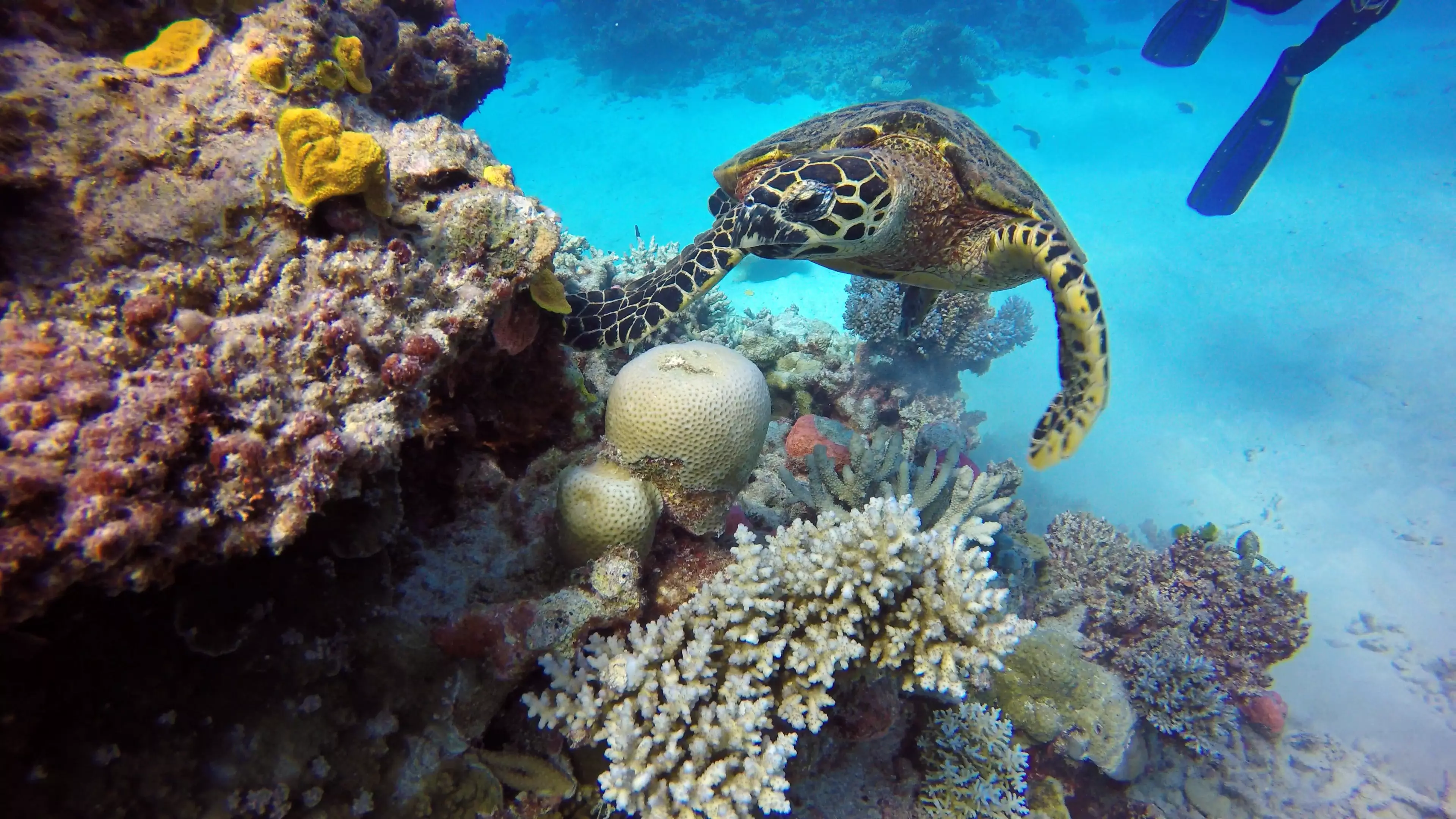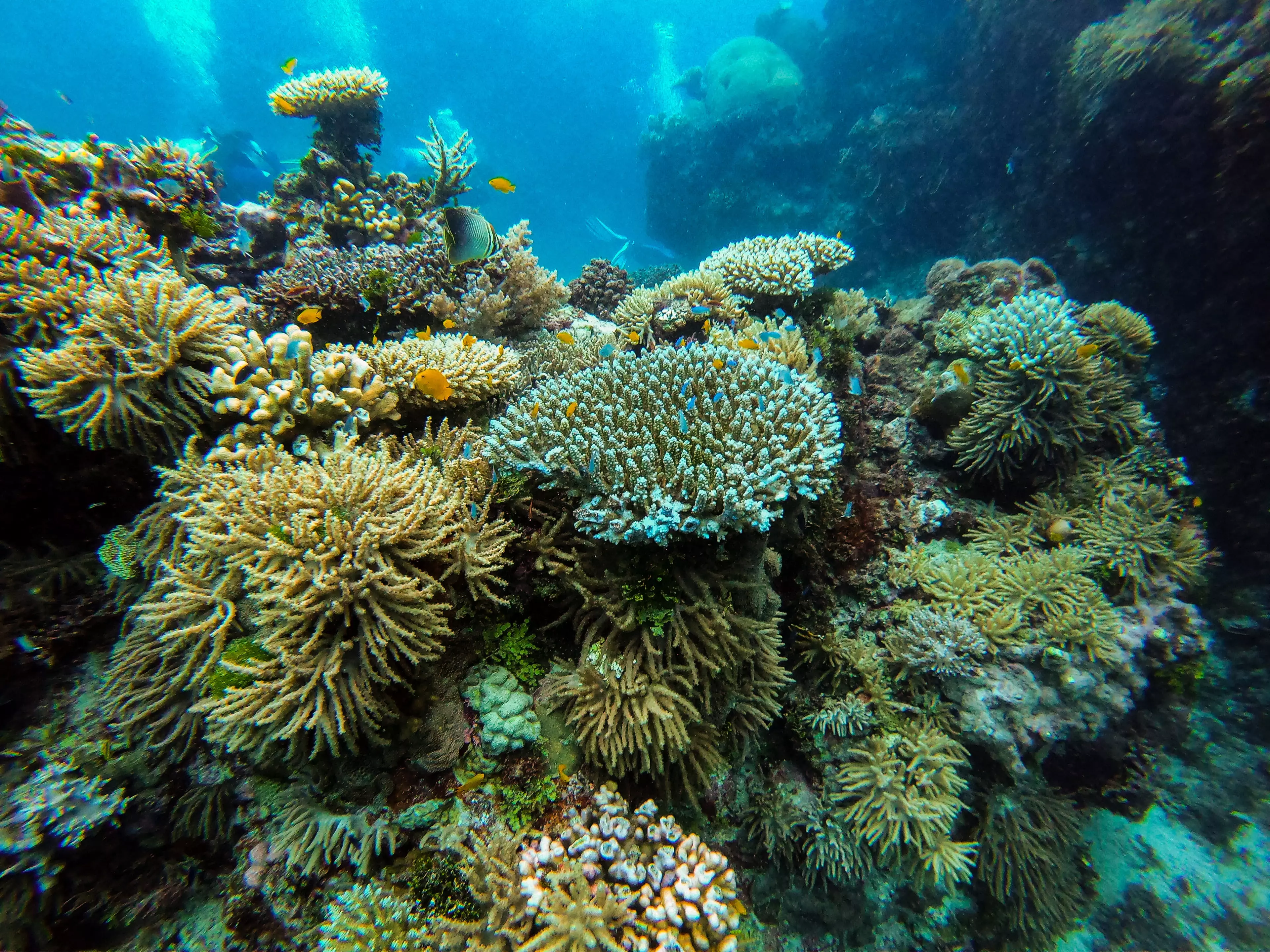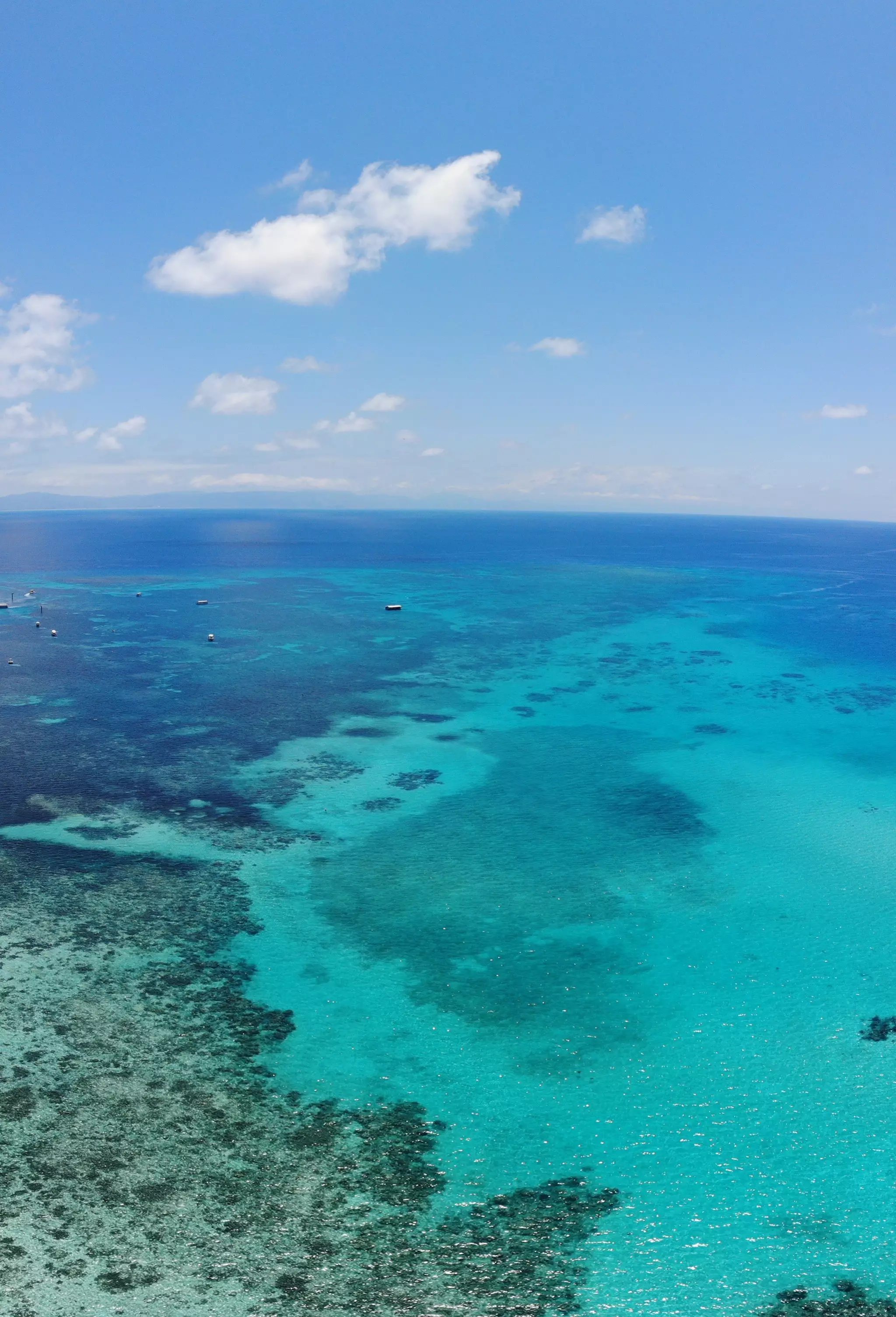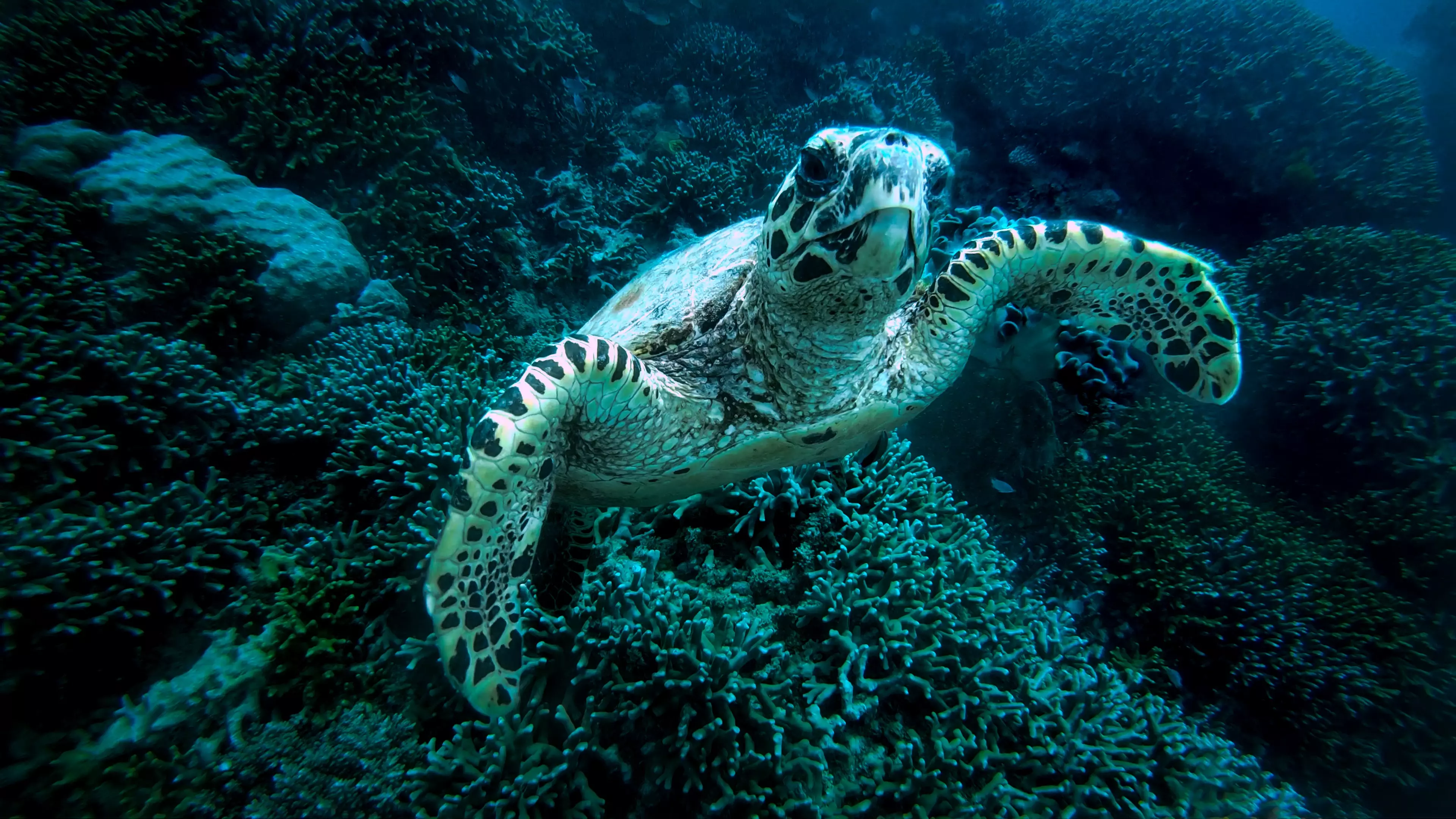
In sad environmental news we really didn't want to hear, the Great Barrier Reef has been classed as 'critical' for the first time ever.
Due to the effects of climate change, the world's largest coral reef has now been described as being in a 'critical' state by the International Union for the Conservation of Nature (IUCN).
It was previously classed as of 'significant concern'.
Advert
Fishing and coastal development - as well as climate change - are all reasons for the Great Barrier Reef's upgraded status, though the outlook released by the IUCN states there has been further dramatic decline of the reef as a result of coral bleaching since it was classed as of 'significant concern'.

The outlook reads: "There has been a further dramatic decline as a result of the 2016, 2017 and 2020 coral bleaching events.
"Some of the activities causing a threat to the values of the site can be influenced by the management authorities, such as fishing and coastal development.
Advert
"Other pressures cannot be addressed at the site level, such as climate change, which is recognised as the greatest threat to the Outstanding Universal Value of the site.
"While individual decisions and management approaches appear in themselves adequate, the cumulative impacts of many decisions, on top of the legacy impacts and impending impacts of climate change, are of concern."
The report goes on to find that, in addition to the "decline in coral cover and other impacts caused by the bleaching events", there are now fewer sea creatures in the reef too.

The outlook notes a decline in loggerhead, hawksbill and northern green turtle populations, as well as the scalloped hammerhead shark. It also notes the "deteriorating trends in many seabird populations and possible declines in some dolphin species."
Advert
Though a long-term plan to save the reef has been set out in a document entitled The Reef 2050 Long-Term Sustainability Plan, progress towards achieving some of the targets set in the 2015 document has been slow so far and "it has not been possible yet to stop the decline in many of the site's values," the outlook adds.

"Although overall the site's protection and management capacity are often cited as being among the best in the world, it is clear that many of the values are continuing to decline."
According to UNESCO, the Great Barrier Reef is "a site of remarkable variety and beauty on the north-east coast of Australia."
Advert
Alongside the world's largest collection of coral reefs, the site also features 400 types of coral, 1,500 species of fish and 4,000 types of mollusc. Two species threatened with extinction, the dugong (sea cow) and the large green turtle, also live under its seas.
Featured Image Credit: UnsplashTopics: Environment, News